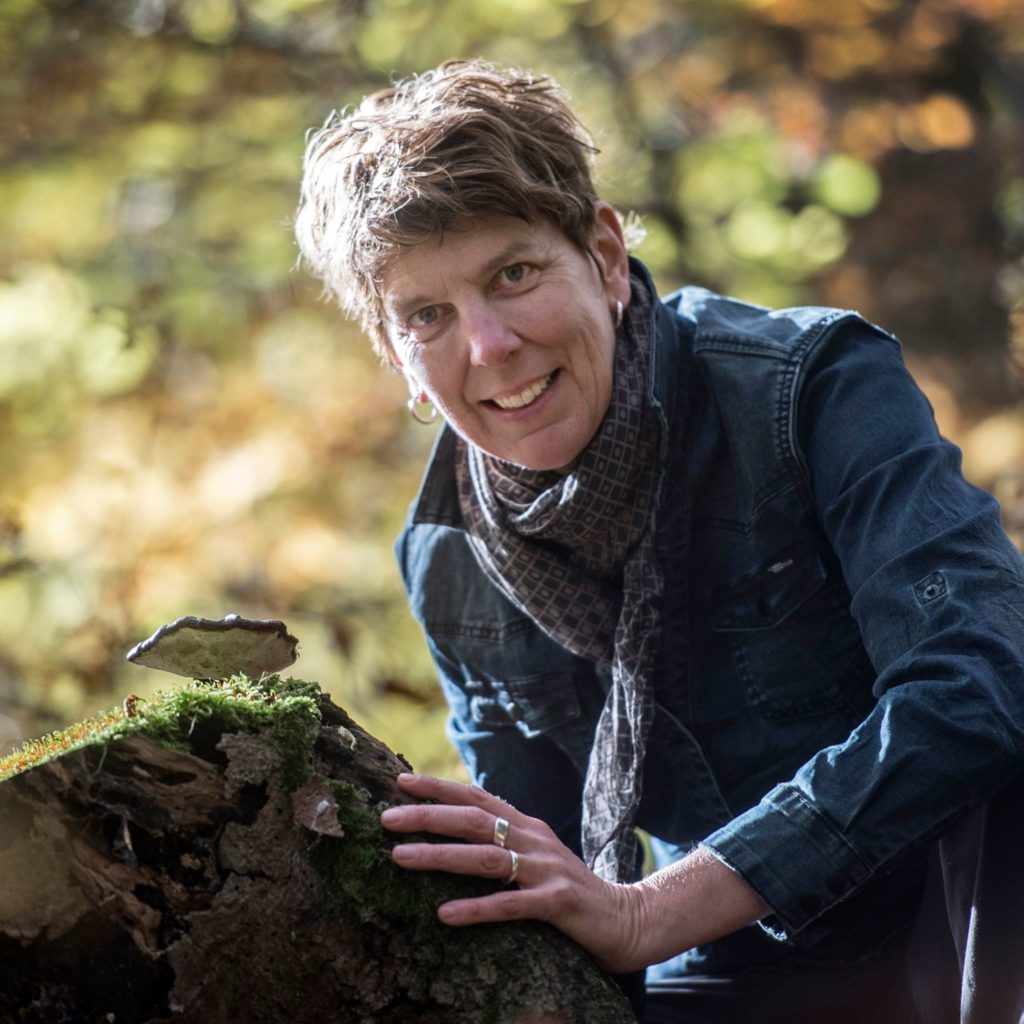Strathbogie Workshop peeks into the Fungi Kingdom
Whether you love fungi (mycophilia) or fear it (mycophobia) people attending the first event of the month long Fungi Festival in the Strathbogie Ranges on Saturday learnt there was much to appreciate in the Fungi Kingdom.
Australian – Swiss ecologist Alison Pouliot enthralled 55 attendees over the day with stories from the Fungi Kingdom. A kingdom she says comprises some of the most extraordinary and important organisms on the planet.
While most of us know about Button, Swiss Brown and Shiitake mushrooms we buy in shops, there are hundreds of thousands of species of fungi that play very important roles in the health of our landscapes.
Most fungi live below the surface and only pop out of the ground in various shapes for reproduction at certain times of the year – mainly autumn. A single fungi in Texas was found to have spread over 900 hectares beneath the surface.
Fungi are very important for soil health. They assist with nutrient cycling, disease suppression and water dynamics helping plants become healthier, more resilient and more vigorous.
Mycorrhizal fungi link-up with the roots of plants and spread out in a way that helps the tree, bush or other plant obtain nutrients and water that it would not otherwise be able to access.
Alison talked about fungi as a third kingdom in nature that interacts with the plant and animal kingdoms. But we know much less about the Fungi Kingdom.
Foraging for edible fungi is becoming popular and Alison said the Strathbogie Ranges were perfect for certain fungi. But people should be aware that knowledge about Australian fungi is scant and poisonous fungi exist.
Mycrophobes, who fear fungi, should understand that less than one per cent of fungi are dangerous while for mycrophyls, who love fungi, only one to two per cent are edible and desirable.
In Switzerland, Alison told the group in the Strathbogie Hall, special fungi police (Pilz Controllers) inspect the baskets of foragers to make sure they don’t take home dangerous mushrooms.
She encourages people to learn one species well rather than rely on photos alone because many fungi can look the same.
Fungi can be distinguished by where they are found, the types of plants they associate with, their smell, colours and the appearance of different parts of the mushroom such as the cap, the gills, the annulus and the stem.
She also encouraged participants to take part in a citizen science project, the fungimap that is hoping to map different types of fungi in Australia.

